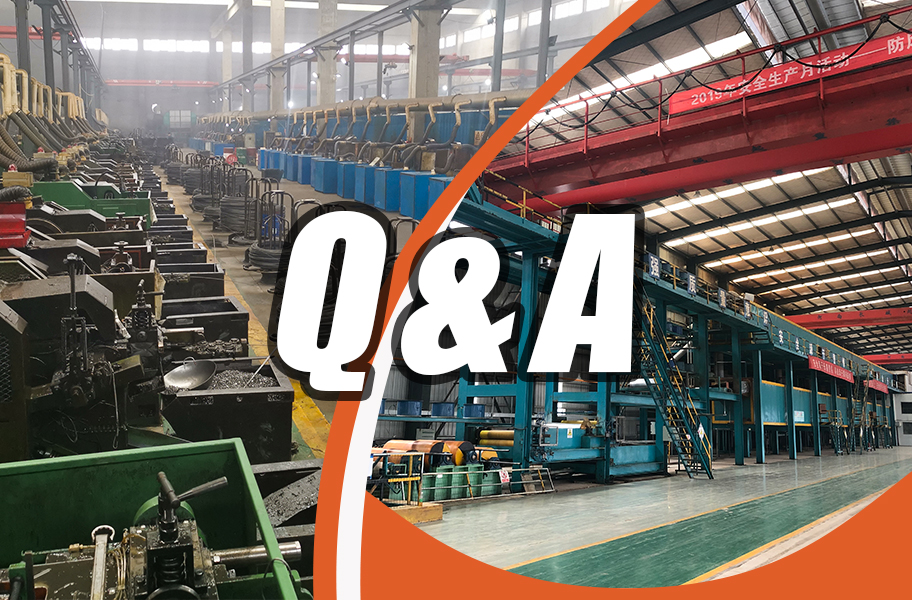Color steel sheet technologies are utilized for various applications, including construction and industrial uses. When it comes to high-temperature resistance, some specific coatings and technologies stand out. Here are the most notable ones:

1. Aluminum-Zinc Alloy Coated Steel (Galvalume)
- Composition: This coating is a blend of 55% aluminum, 43.5% zinc, and 1.5% silicon.
- Mechanism: The aluminum provides a barrier against corrosion, while the zinc offers sacrificial protection. The silicon improves the adherence of the coating to the steel substrate.
- Properties:
- Heat Resistance: Can withstand temperatures up to 315°C (600°F).
- Corrosion Resistance: The aluminum component provides excellent corrosion resistance.
- Durability: Long-lasting, with a lifespan often exceeding that of galvanized steel.
- Applications: Ideal for roofing, cladding, and industrial applications where both heat and corrosion resistance are required.
2. Silicon Modified Polyester (SMP) Coated Steel
- Composition: A polyester resin modified with silicone.
- Mechanism: The silicone modification enhances the heat resistance and UV stability of the polyester coating.
- Properties:
- Heat Resistance: Generally up to 120°C (248°F).
- Weatherability: Improved color retention and gloss retention over time.
- Flexibility: Offers good formability for complex shapes.
- Applications: Suitable for exterior building panels, pre-engineered buildings, and agricultural buildings.
3. Polyvinylidene Fluoride (PVDF) Coated Steel
- Composition: A fluoropolymer resin, often blended with other acrylic resins.
- Mechanism: PVDF provides superior chemical stability and UV resistance, making it highly durable.
- Properties:
- Heat Resistance: Can withstand continuous exposure to temperatures up to 150°C (302°F).
- UV Resistance: Excellent resistance to UV radiation, preventing fading and degradation.
- Chemical Resistance: High resistance to acids, alkalis, and solvents.
- Applications: Widely used in high-end architectural projects, curtain walls, and roofing systems.
4. Ceramic Coated Steel
- Composition: Steel coated with a layer of ceramic material, typically using processes like plasma spraying or chemical vapor deposition.
- Mechanism: The ceramic layer acts as a thermal barrier, protecting the steel substrate from high temperatures and oxidation.
- Properties:
- Heat Resistance: Can withstand temperatures exceeding 1000°C (1832°F).
- Wear Resistance: High hardness and excellent resistance to abrasion.
- Corrosion Resistance: Provides a robust barrier against corrosive environments.
- Applications: Primarily used in high-temperature industrial applications such as furnace linings, heat exchangers, and components exposed to severe thermal cycling.
5. Aluminized Steel
- Composition: Steel coated with an aluminum-silicon alloy, typically 5-11% silicon.
- Mechanism: The aluminum provides oxidation resistance at high temperatures, while the silicon enhances the adherence and integrity of the coating.
- Properties:
- Heat Resistance: Effective up to 677°C (1250°F).
- Corrosion Resistance: Excellent resistance to oxidation and corrosion, especially in high-temperature environments.
- Durability: Maintains structural integrity under cyclic heating conditions.
- Applications: Commonly used in automotive exhaust systems, industrial ovens, and other high-temperature environments.
Each of these technologies provides unique advantages tailored to specific applications. For example, Galvalume is excellent for general construction with moderate heat resistance, while Ceramic Coated Steel is ideal for extreme high-temperature industrial uses. PVDF Coated Steel is perfect for architectural applications requiring both aesthetic appeal and durability. Selecting the right type of color steel sheet depends on the specific requirements of temperature resistance, environmental conditions, and intended application.



